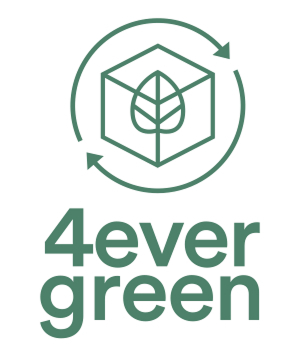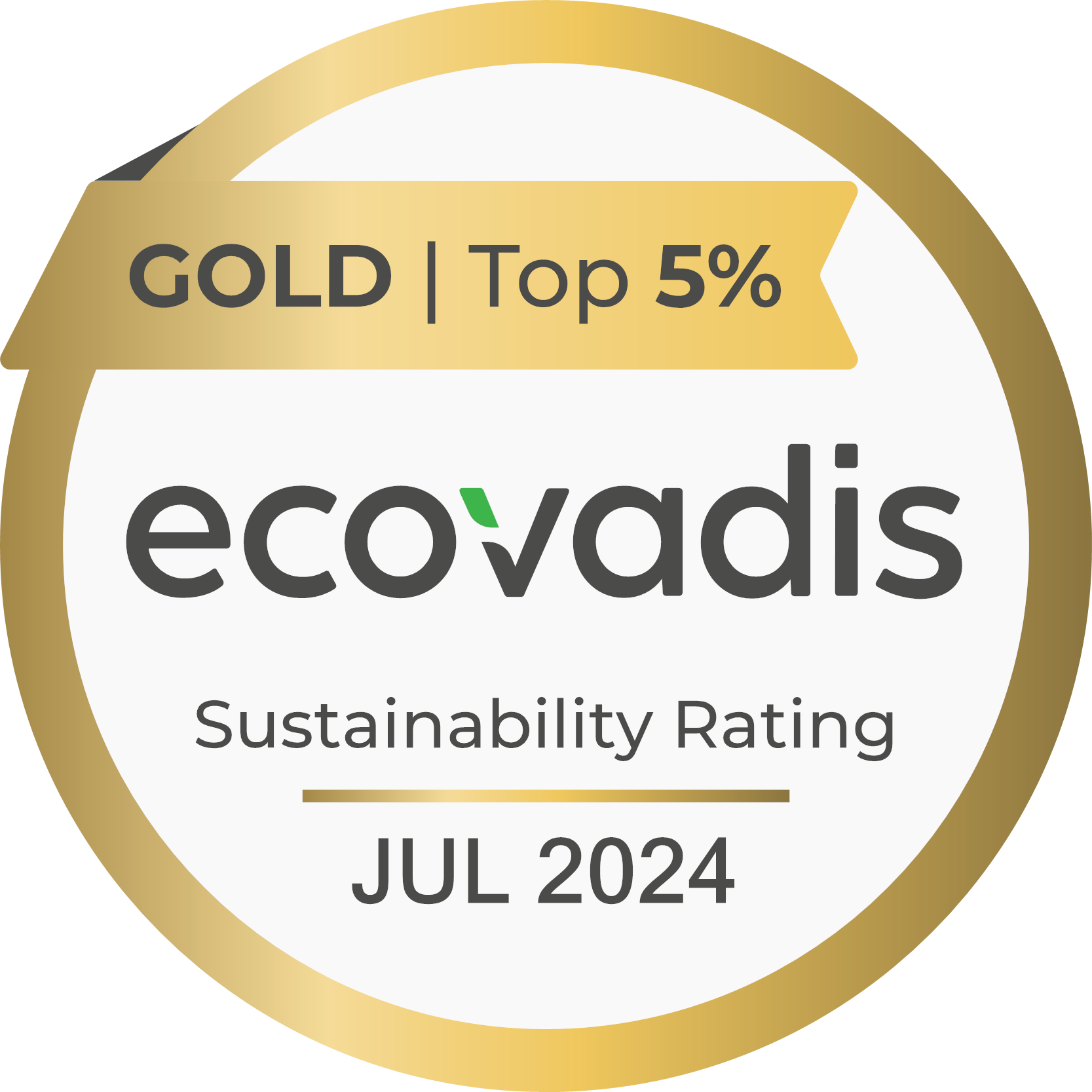PRIDE MONTH 2022 / All the colors of the rainbow flag, it’s our nature!
Color is precious to us all at Archroma.
Our heritage and core expertise is about color, about helping brands, designers and manufacturers in creating emotions and beautiful colors for our clothes, textile and paper articles, paints, etc.
The pride colors are a brilliant illustration of how colors can create an emotional pathway to awareness, connection, acceptance and tolerance.
The first gay pride marches started as remembrance events of the “Stonewall Riots”. On Saturday, June 28, 1969, lesbian, gay, bisexual, and transgender persons rioted following a police raid on the Stonewall Inn, a gay bar in New York. This riot and further protests led to LGBT pride marches first in major US cities and later on across the globe.
The famous rainbow flag was designed by Gilbert Baker for the 1978 San Francisco Gay Freedom Day celebration. The colors represented the diversity of the LGBT and LGBTQ+ communities, and more. The original version included eight colors: Pink for sexuality, red for life, orange for healing, yellow for the sun, green for nature, turquoise for art, indigo for harmony, and violet for spirit.
The current six-color version emerged very early on, in 1979, after pink had to be skipped due to a lack of fabric, turquoise was removed and the indigo color was changed to royal blue.
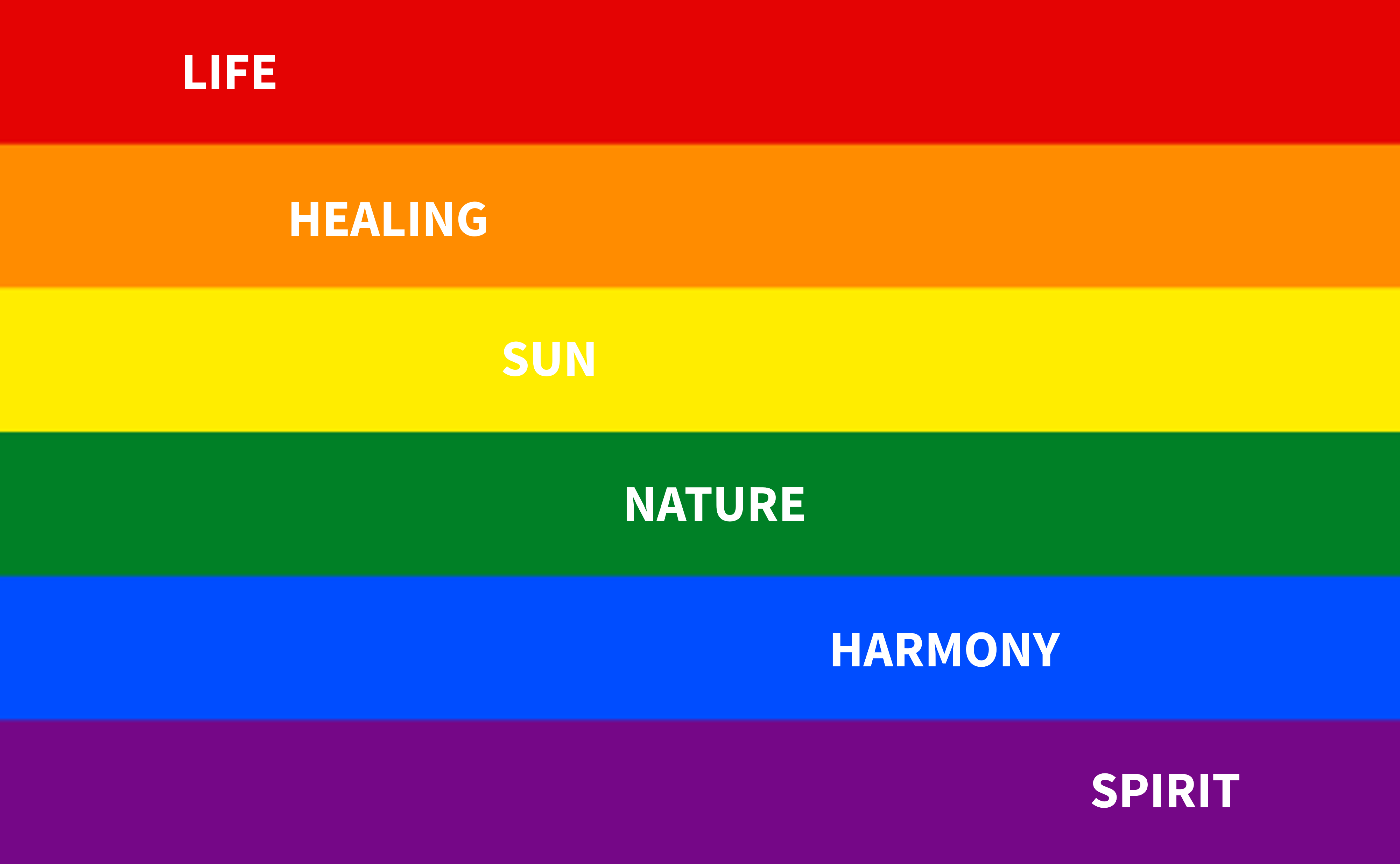
This is the most common version nowadays, although many variations have appeared over the years representing the many LGBTQ+ communities: Aromantic, asexuality, bisexuality, intersex, lesbian, non-binary, pansexuality, transgender, etc.
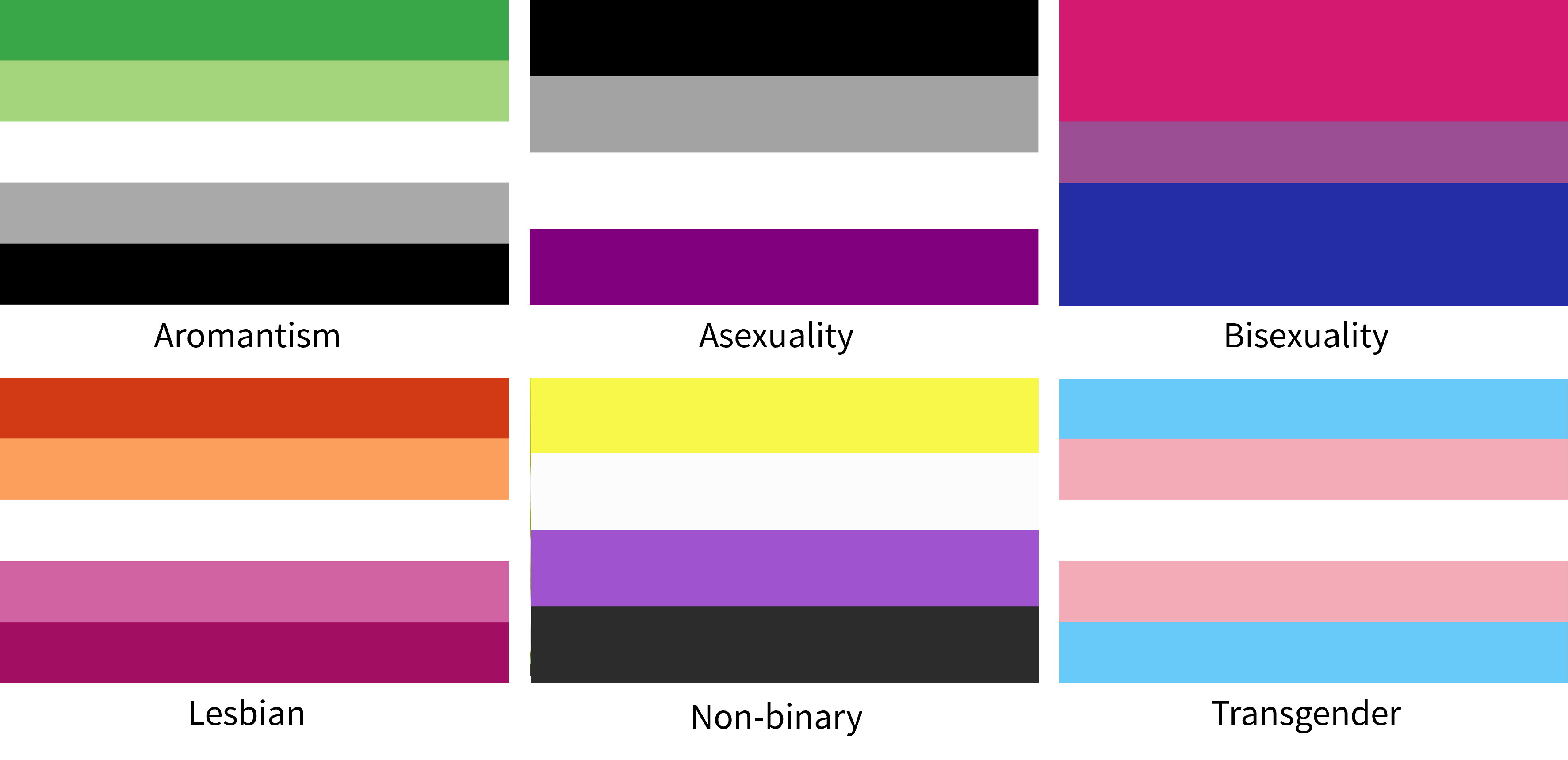
Happy Pride Month!
More News & Stories

What Goes Into The Box - Chemistry's Fundamental Role in Sustainable Packaging
Without chemistry we wouldn’t have packaging at all — sustainable or otherwise. Yet, the role of chemistry in packaging is often unacknowledged, even by seasoned packaging professionals. This article explores the role of chemistry, both as an integral part of every package, and as the driving force behind true circularity in this sector.

From Pulp to Package, Package to Pulp (and back again)
The paperization trend in modern packaging has many drivers: regulatory developments, growing environmental awareness, changing consumer sentiment — all these, and more, contribute to its increasing relevance. Fully realizing its potential involves overcoming multiple practical challenges, and packaging producers need partners who understand what happens at every step of the value chain loop.

Uniting for Water and Climate: The Measurable Impact of SUPER SYSTEMS+
Every year on March 22, people worldwide mark World Water Day: a time to celebrate water and take action on the global water crisis. This year, the date also coincides with Earth Hour, when millions switch off lights and pledge an hour of their time to the planet.
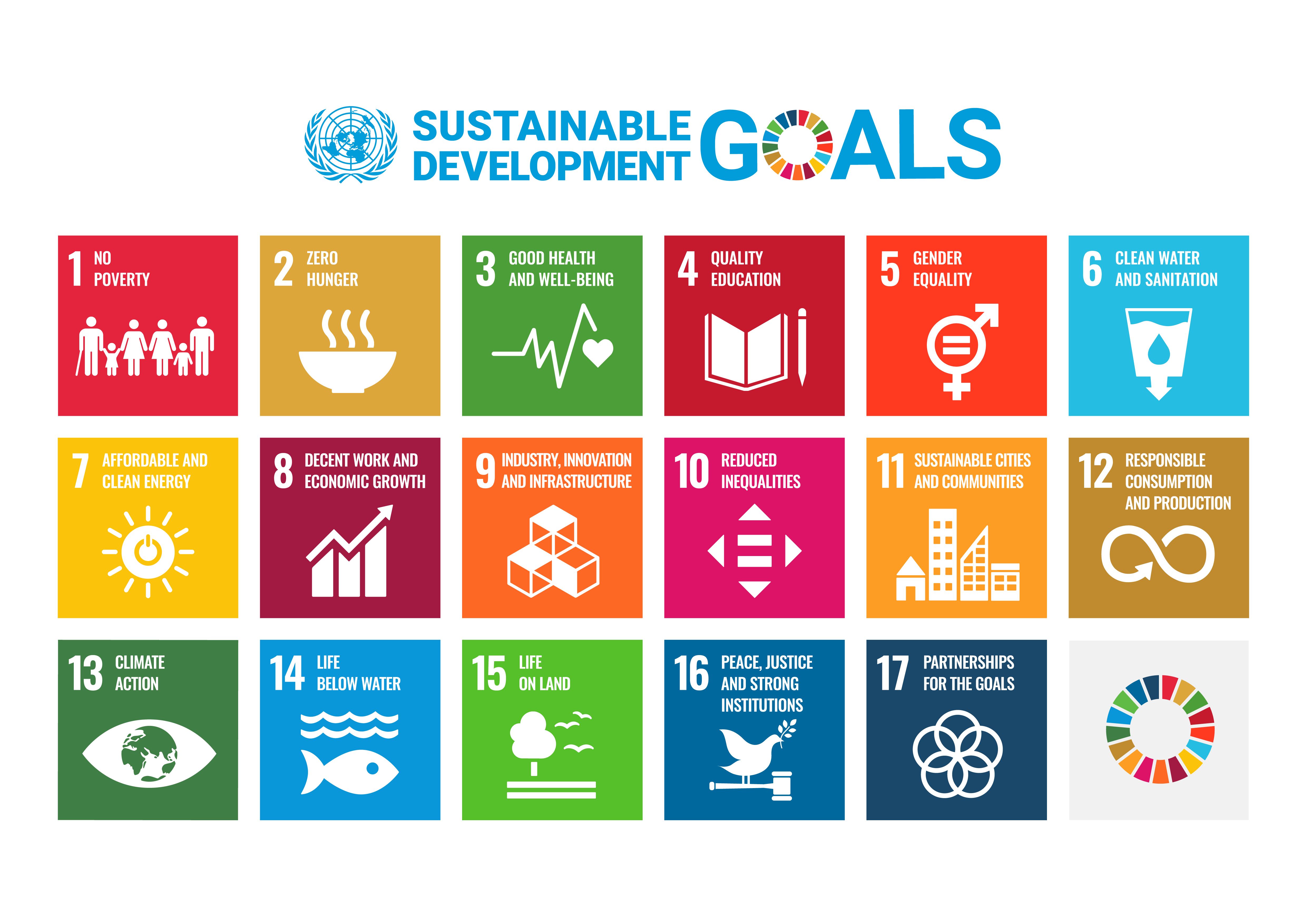
What the SDGs Mean to Archroma
SDG Flag Day is observed on September 25, we connected with Martina Beitke, Group Sustainability Director at Archroma, to learn about the goals’ relevance to our company and customers and then asked leaders championing pivotal goals for their perspective.
Archroma are proud members and/or partners with the following organizations










